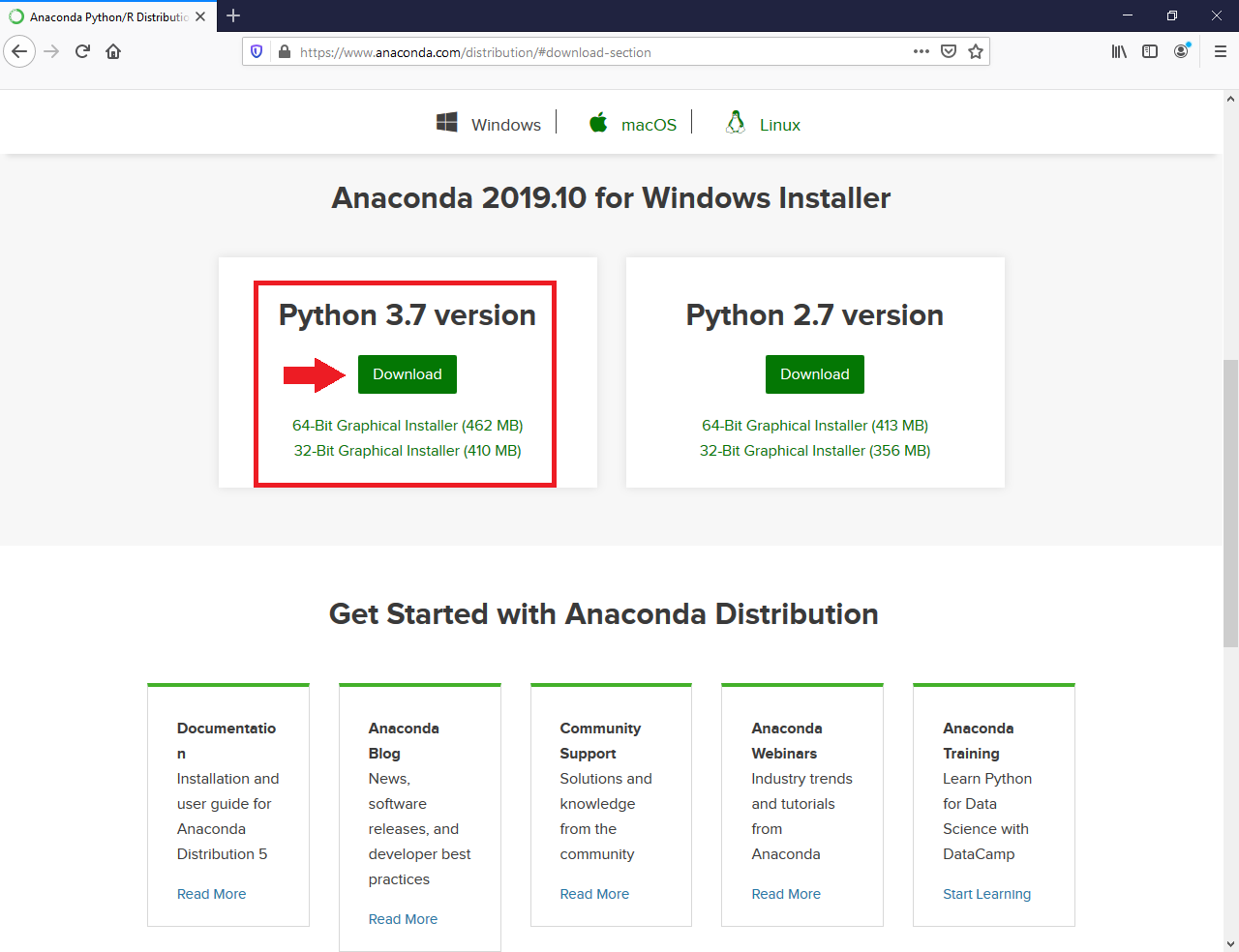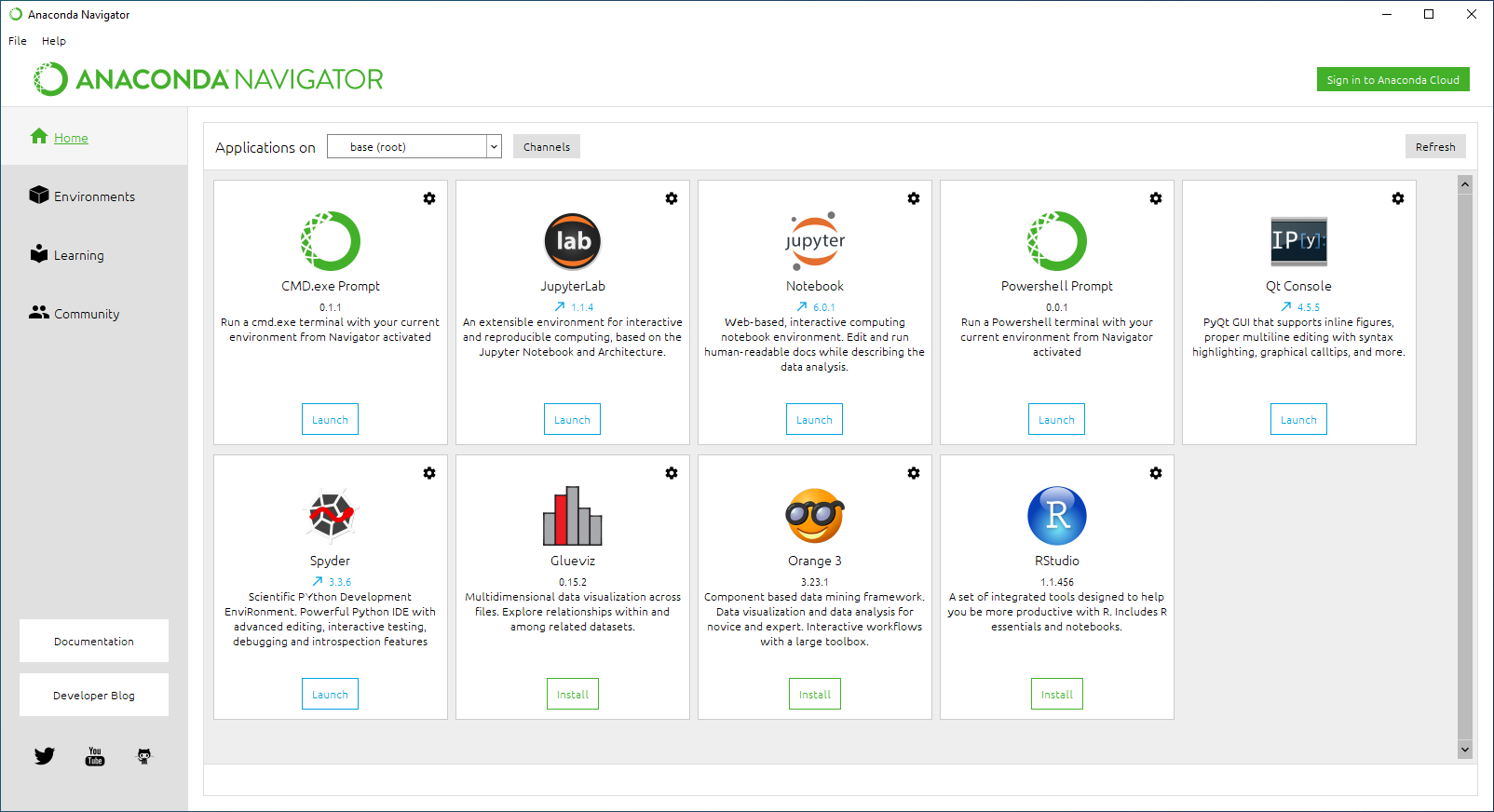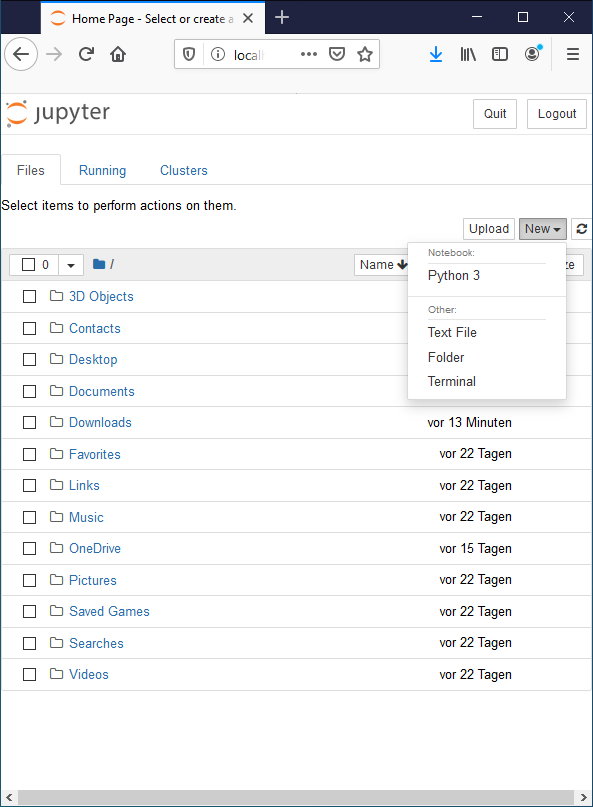Installation¶
Python Distribution¶
It is recommended to start with installing a full-featured Python-Distribution like Anaconda (available for Windows, macOS and Linux). This will install a bunch of useful additional tools beside the basic Python installer: JupyterLab, Notebook, Spyder, conda Environment Manager, Anaconda Navigator and all the scientific Python Packages (NumPy, SciPy, MatPlotLib, Pandas, …).

Download Anaconda¶
Download and install Anaconda (Version 3.x) for your operation system. (Help on Installation).
Download and Install Cubrium¶
Cubrium is available as a package on PyPi (the Python Package Index). The source code of the development version is published on GitHub. For installing Cubrium with pip open a terminal window:
Windows: From the Start menu, search for and open “Anaconda Prompt”.
macOS: Open Launchpad, then click the terminal icon.
Linux: Open a terminal window.
Inside the terminal window type
pip install cubrium
to download and install Cubrium.
Run a Notebook¶
Start Anaconda Navigator, Launch Notebook from the Home Tab and wait for the Browser Window to open.

Anaconda Navigator¶
Navigate to a path where you would like to store the Cubrium notebooks. Create a new Notebook by clicking the New button located top right. Select Python 3 from the dropdown list. The new Notebook will open in a new browser window. Each cell is executed with SHIFT-ENTER or the Run Button.

Jupyter Notebook¶
Continue with Getting Started or one of the Examples.

